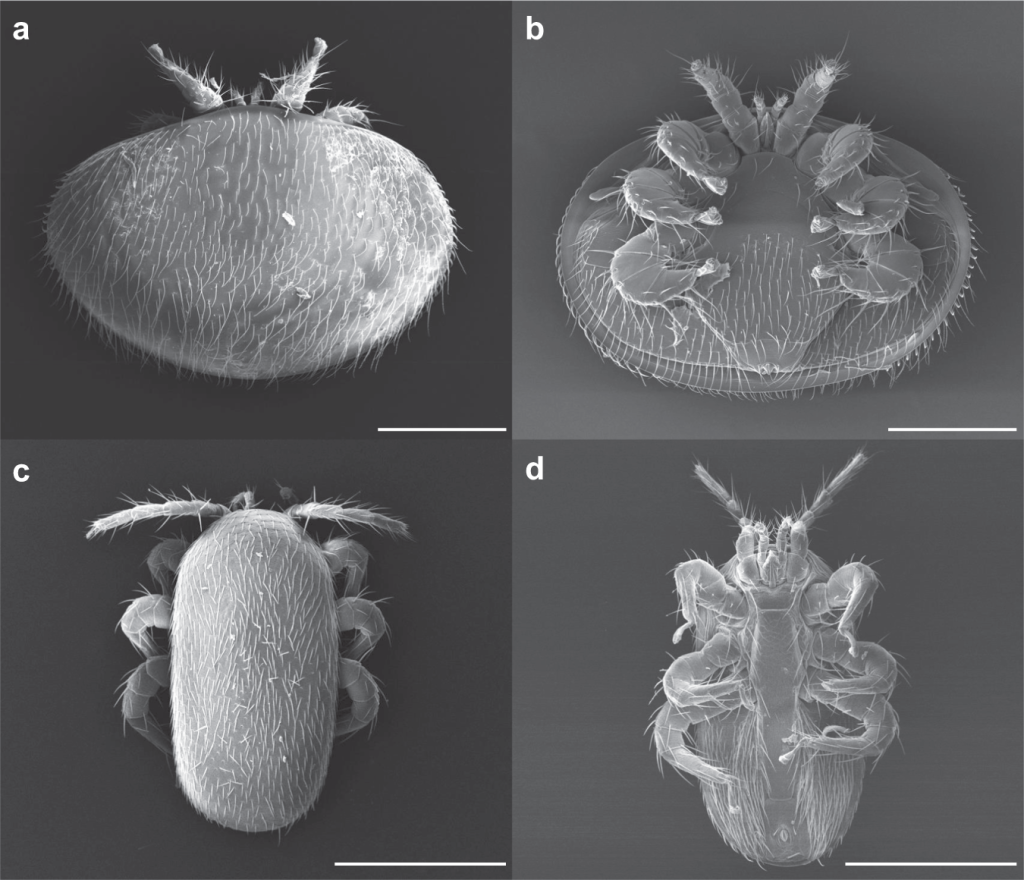
Dorsal (a) and ventral (b) views of Varroa destructor compared to dorsal (c) and ventral (d) views of Tropilaelaps mercedesae indicate many similarities between the two ectoparasites despite the overall size and body shape differences. Both species have expanded their host use to Apis mellifera and threaten honey bee health. All scale bars represent 0.5 mm.
Life-history stage determines the diet of ectoparasitic mites on their honey bee hosts
We are here to share current happenings in the bee industry. Bee Culture gathers and shares articles published by outside sources. For more information about this specific article, please visit the original publish source: Life-history stage determines the diet of ectoparasitic mites on their honey bee hosts | Nature Communications
Nature Communications volume 15, Article number: 725 (2024)
Abstract
Ectoparasitic mites of the genera Varroa and Tropilaelaps have evolved to exclusively exploit honey bees as food sources during alternating dispersal and reproductive life history stages. Here we show that the primary food source utilized by Varroa destructor depends on the host life history stage. While feeding on adult bees, dispersing V. destructor feed on the abdominal membranes to access to the fat body as reported previously. However, when V. destructor feed on honey bee pupae during their reproductive stage, they primarily consume hemolymph, indicated by wound analysis, preferential transfer of biostains, and a proteomic comparison between parasite and host tissues. Biostaining and proteomic results were paralleled by corresponding findings in Tropilaelaps mercedesae, a mite that only feeds on brood and has a strongly reduced dispersal stage. Metabolomic profiling of V. destructor corroborates differences between the diet of the dispersing adults and reproductive foundresses. The proteome and metabolome differences between reproductive and dispersing V. destructor suggest that the hemolymph diet coincides with amino acid metabolism and protein synthesis in the foundresses while the metabolism of non-reproductive adults is tuned to lipid metabolism. Thus, we demonstrate within-host dietary specialization of ectoparasitic mites that coincides with life history of hosts and parasites.






